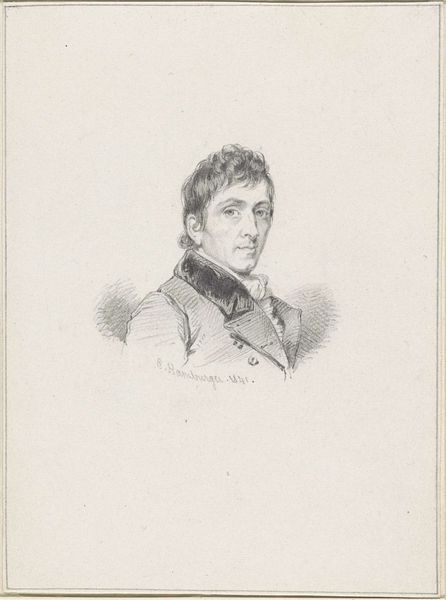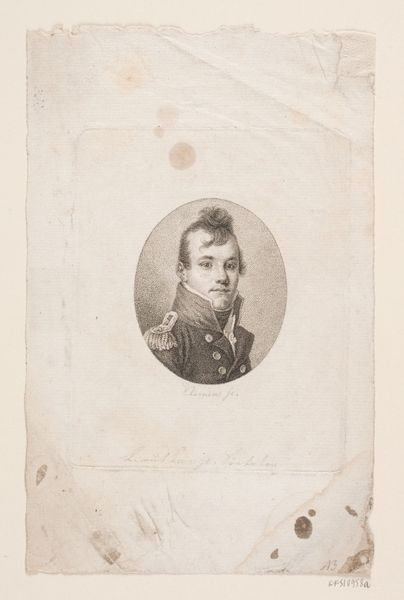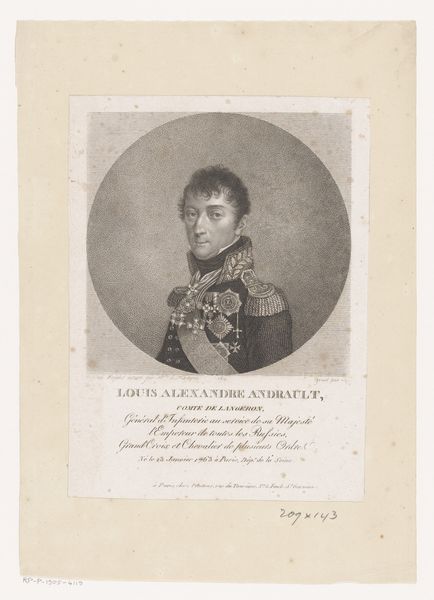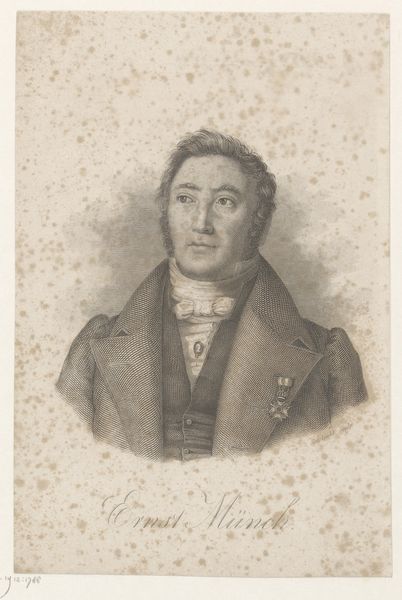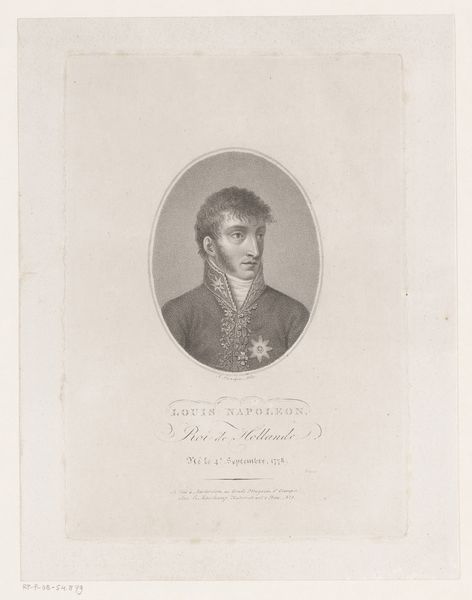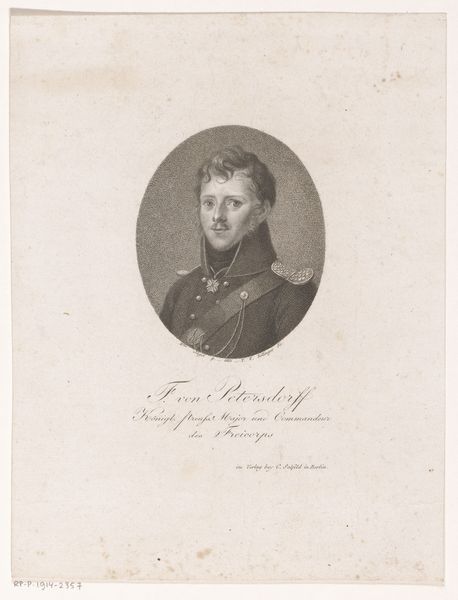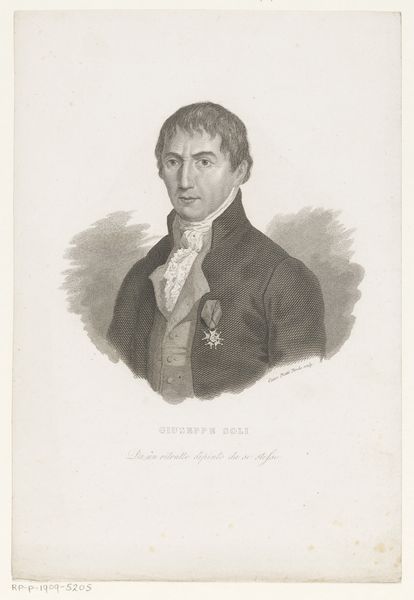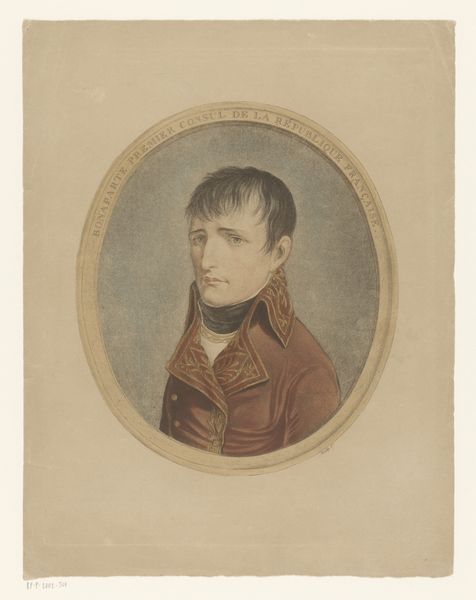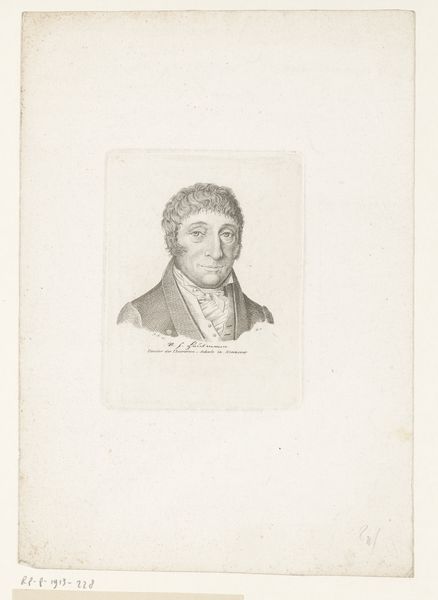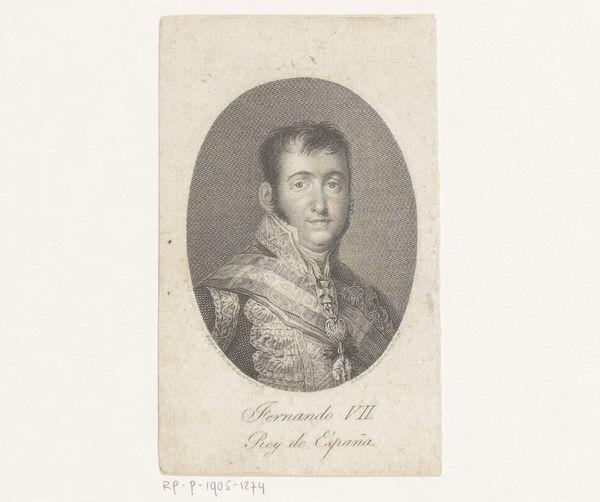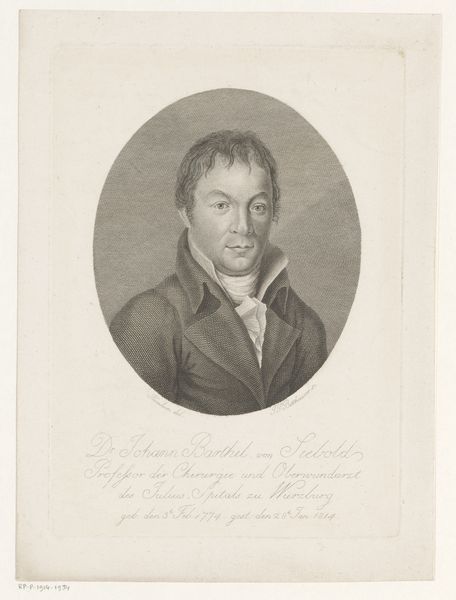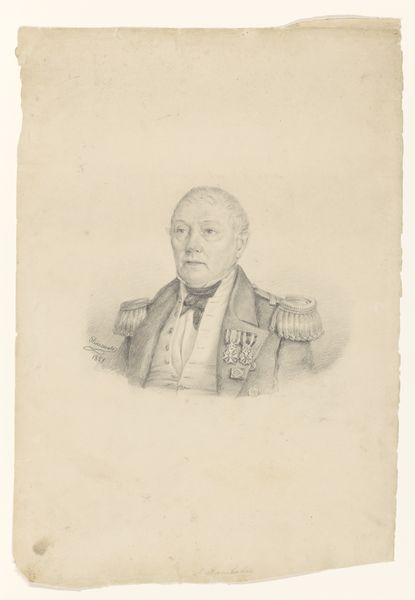
drawing, pencil
#
portrait
#
pencil drawn
#
drawing
#
neoclacissism
#
self-portrait
#
caricature
#
pencil drawing
#
pencil
#
portrait drawing
#
realism
Dimensions: height 303 mm, width 232 mm
Copyright: Rijks Museum: Open Domain
Editor: This is "Portret van Cornelis Apostool," created sometime between 1813 and 1866 by Antonie Waldorp. It's a pencil drawing, and the softness of the lines gives it a very delicate feel, almost like you're seeing a memory. How do you interpret this work, considering its time? Curator: It's fascinating to view this portrait through a socio-political lens. Consider the sitter's position and adornments—the medal, the clothing. What statements do you think those visual markers are making about identity and status in that era? Whose stories are privileged in the art of this time, and, conversely, whose are suppressed or erased? Editor: I suppose it’s showing Apostool's importance and position, especially with the medal so prominently displayed. It's interesting to think about who *isn't* being portrayed. Curator: Exactly. Think about Realism as a movement: what are they reacting against, and what biases might they be reinforcing, even unintentionally? Also, consider portraiture as a tool – for propaganda or for subversion. Editor: So, even a simple-seeming portrait can be a statement of power or even resistance? Curator: Precisely! Look closely at how the artist has chosen to represent the sitter. How does it fit into – or challenge – the established artistic conventions and social expectations of that time? Are there ways in which Waldorp may be subtly challenging societal norms? Editor: I never really thought about art from that perspective before. I see now how understanding the time shapes our view. Curator: Engaging with art this way is about constant questioning. What does this image reveal about its moment, and what does it conceal? That tension is where the real conversation begins.
Comments
No comments
Be the first to comment and join the conversation on the ultimate creative platform.
